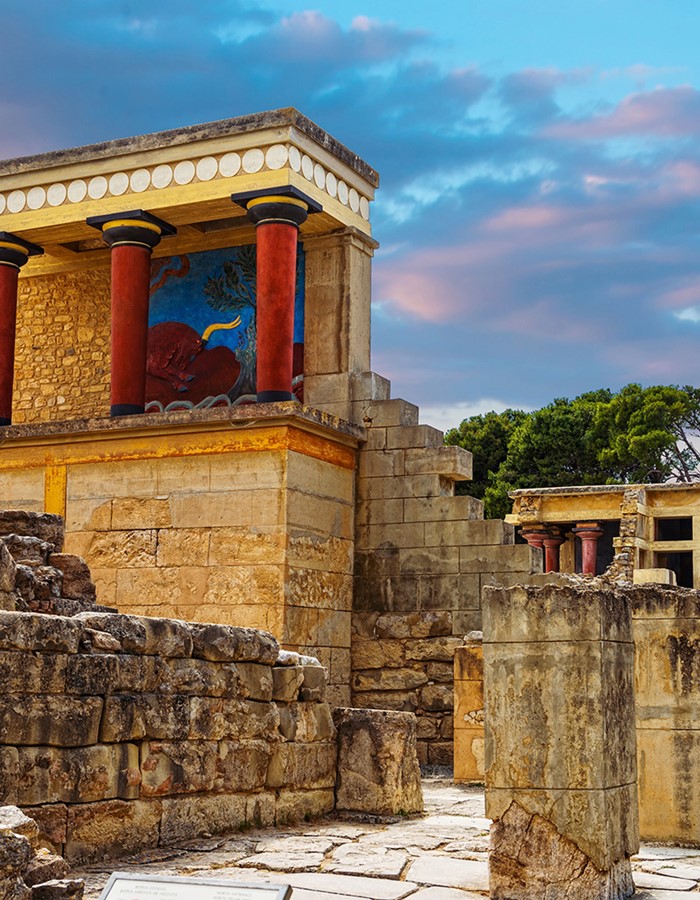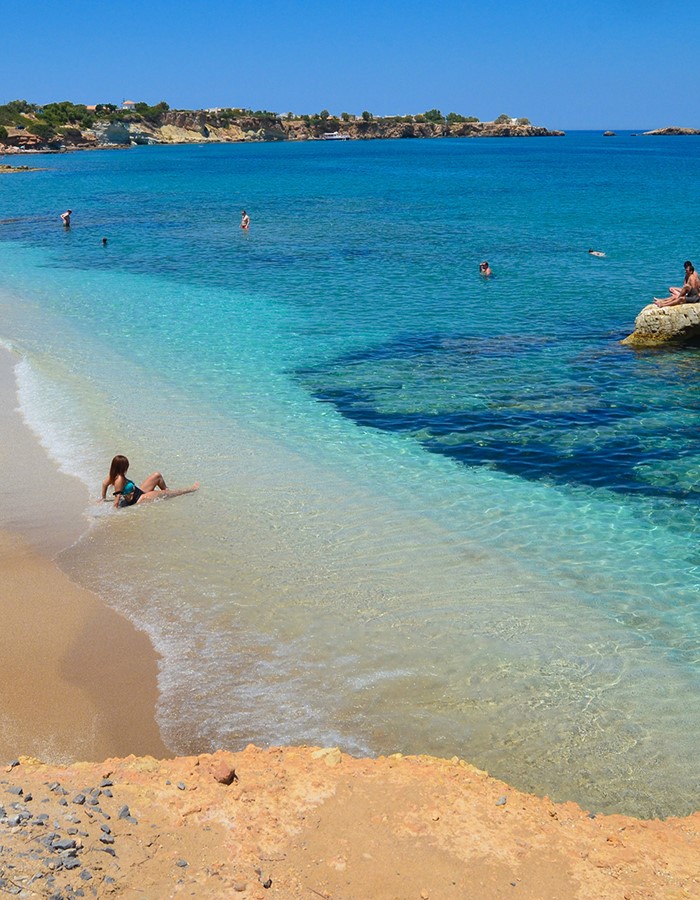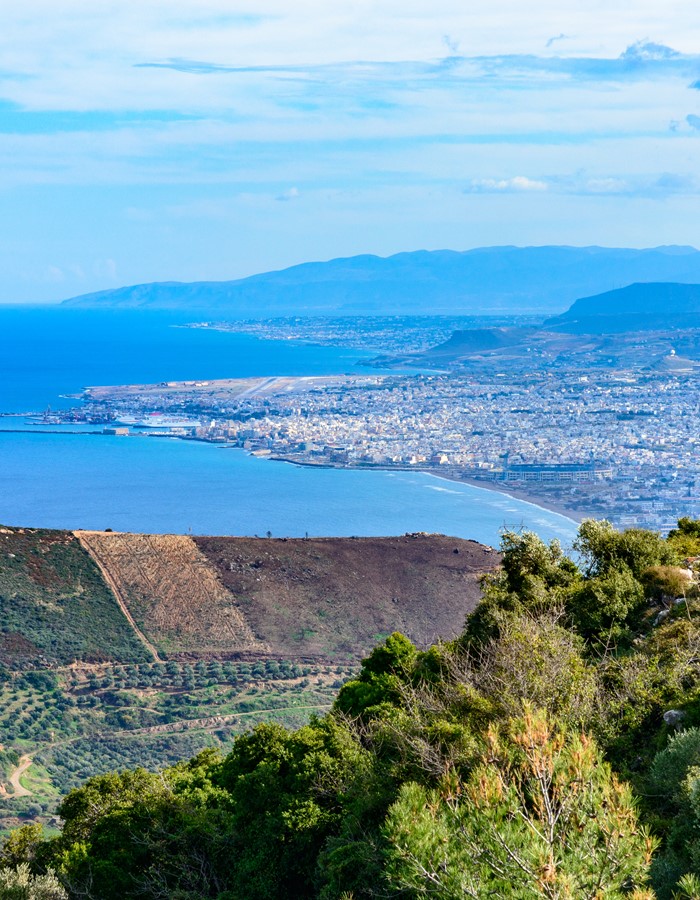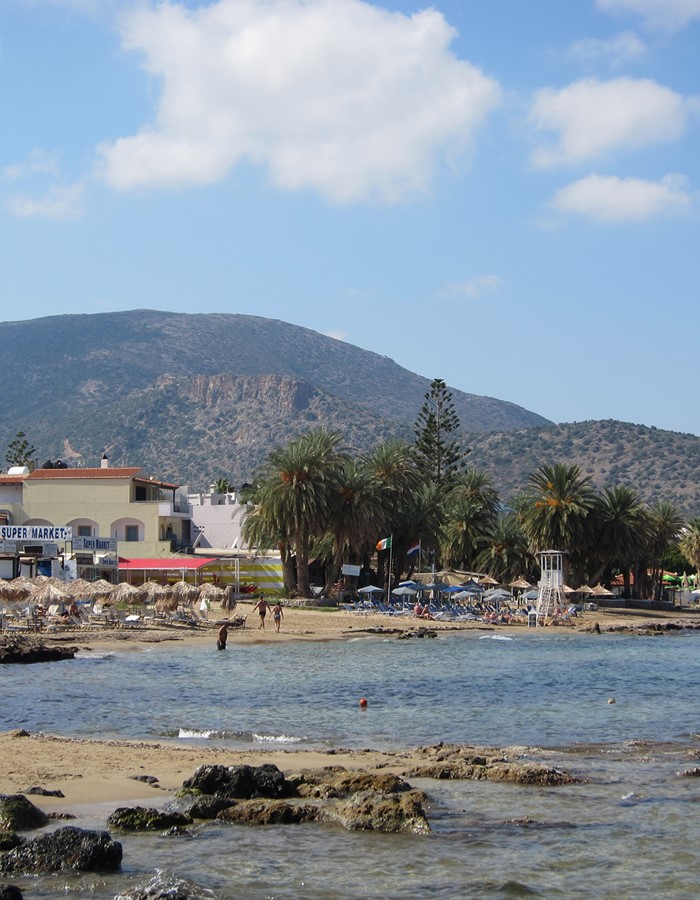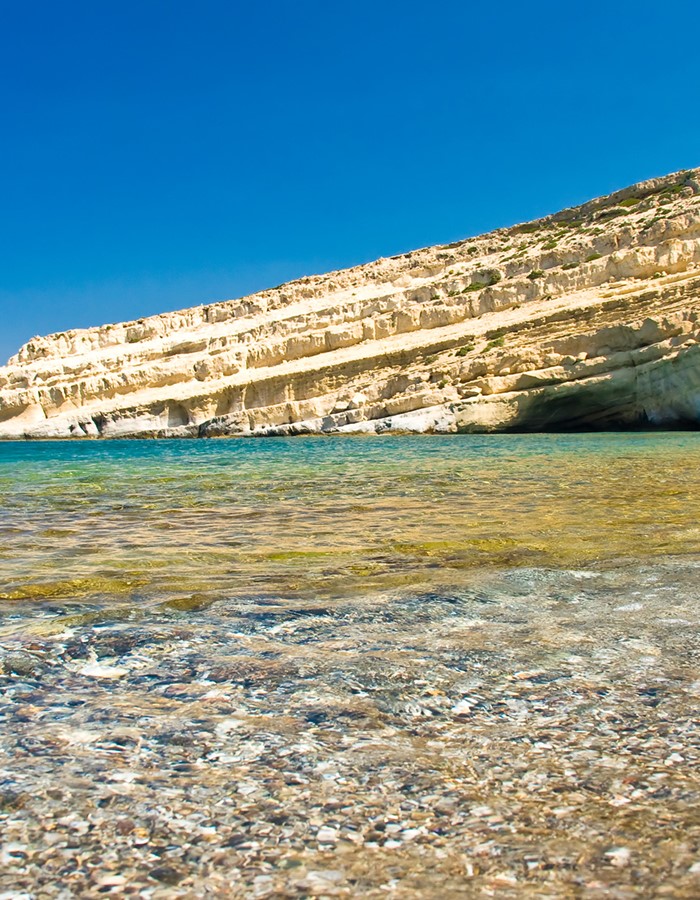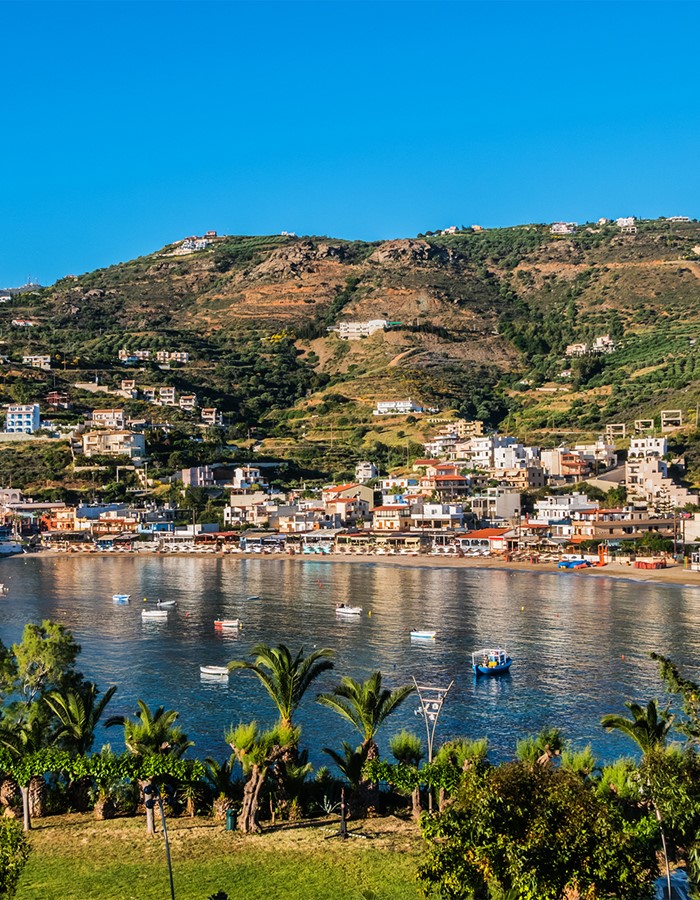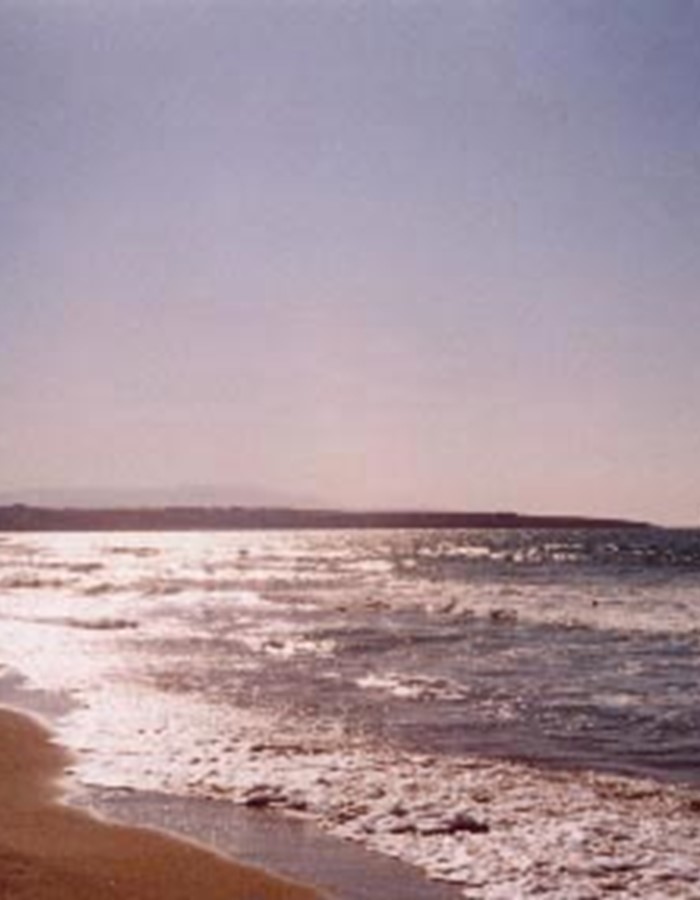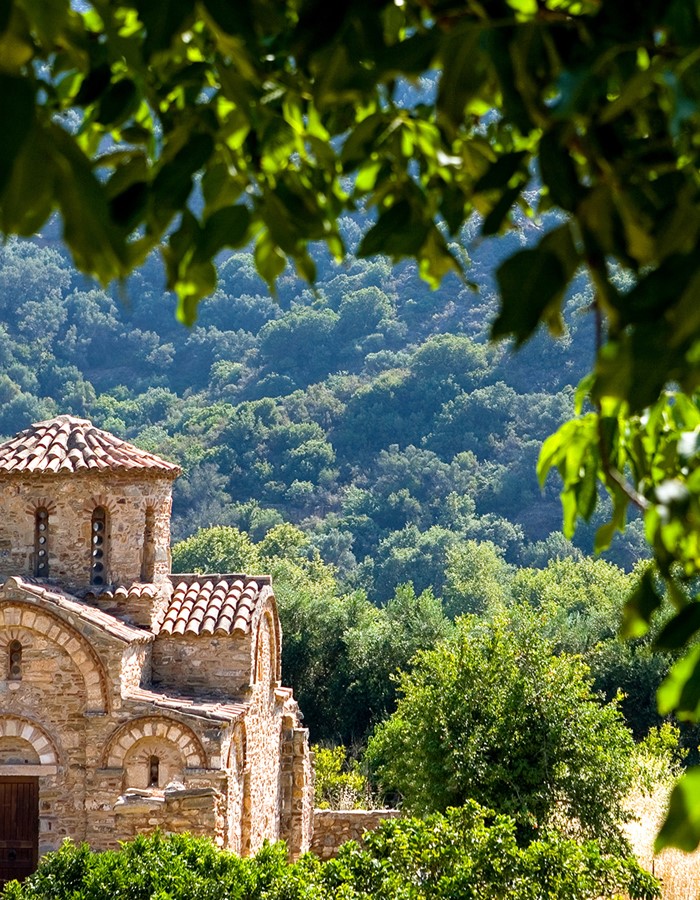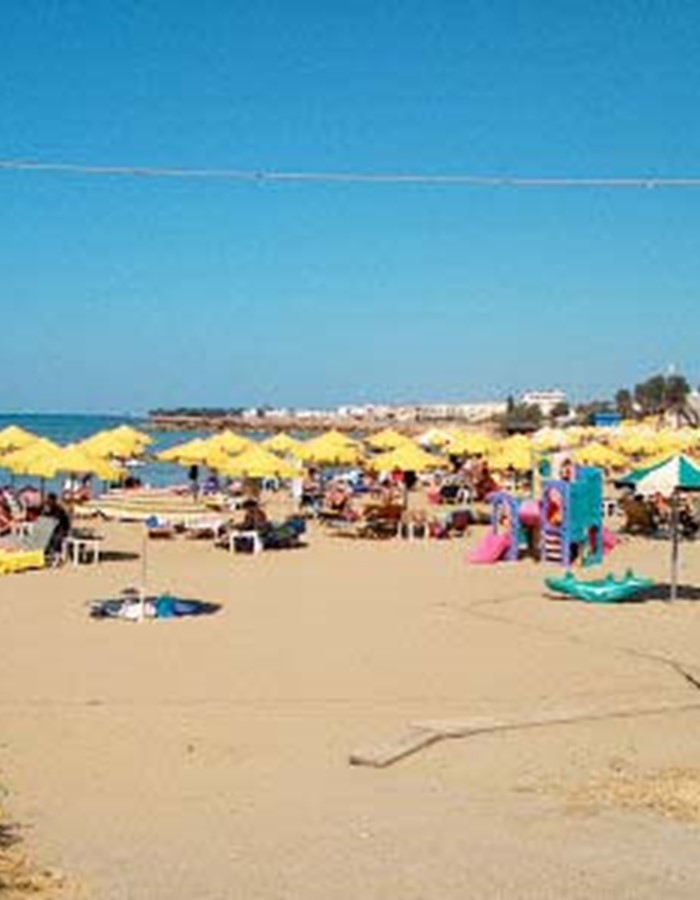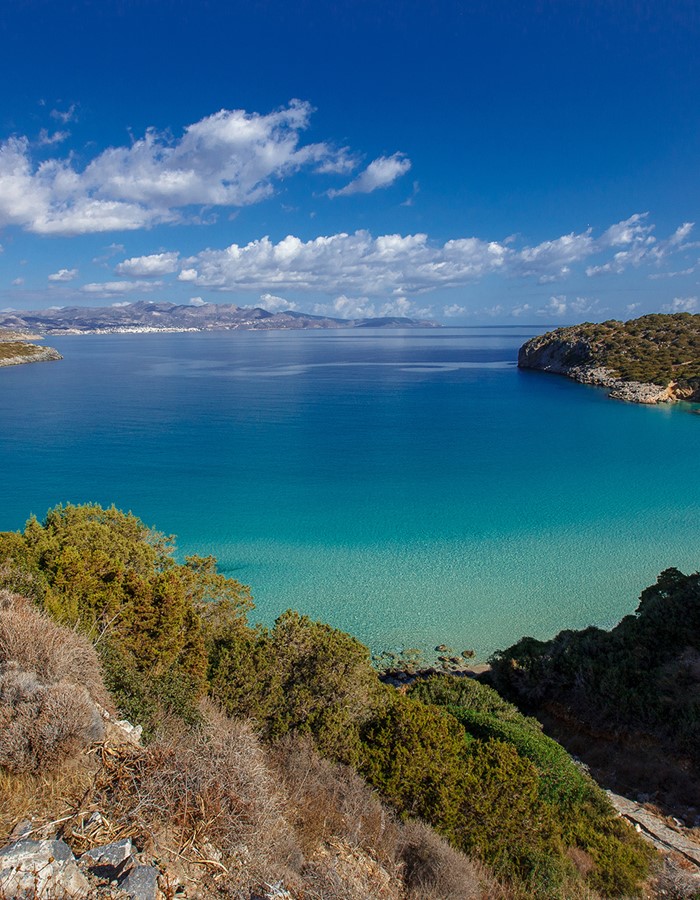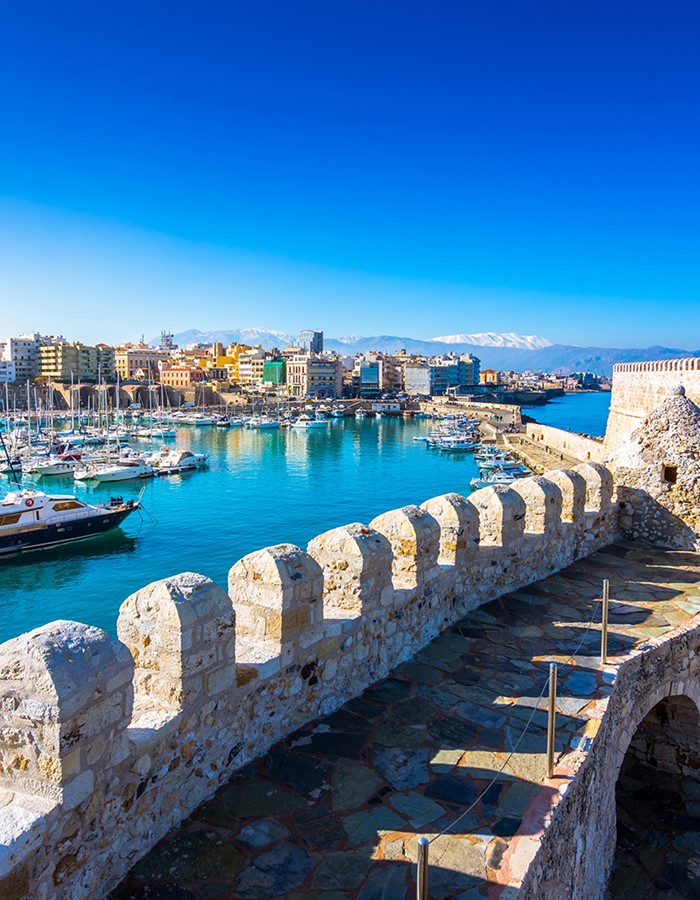Knossos
The Minoan palace is the main site of interest at Knossos, an important city in antiquity, which was inhabited continuously from the Neolithic period until the 5th c. AD. The palace was built on the Kephala hill and had easy access to the sea and the Cretan interior. According to tradition, it was the seat of the wise king Minos. The Palace of Knossos is connected with thrilling legends, such as the myth of the Labyrinth, with the Minotaur, and the story of Daidalos and Ikaros.
Phaestos
 Phaestos was the second most important Minoan city after Knossos. Situated just 63 km from Heraklion, the palace of Phaestos stands spectacularly on a hill overlooking the fertile Kato Messara Plain and Mount Ida. In Minoan times Phaestos was one of the oldest cities in Crete and one of the most important centers of Minoan civilization. According to mythology Rhadamanthys, son of Zeus and brother of Minos founded and ruled the city.
Phaestos was the second most important Minoan city after Knossos. Situated just 63 km from Heraklion, the palace of Phaestos stands spectacularly on a hill overlooking the fertile Kato Messara Plain and Mount Ida. In Minoan times Phaestos was one of the oldest cities in Crete and one of the most important centers of Minoan civilization. According to mythology Rhadamanthys, son of Zeus and brother of Minos founded and ruled the city.
The site was inhabited since the Neolithic era. Foundations of Neolithic houses as well as tools, axes and clay figurines were unearthed below the palace’s storerooms. Phaestos was the birthplace of Epimenides, one of the Seven Sages of ancient Greece. It minted its own coins and remained independent until Hellenistic Times. In Minoan times Phaestos was a significant financial, religious and administrative center. The city-state dominated the whole Messara plain and its ports were Matala and Kommos. A Minoan city of more than 50.000 inhabitants covered an extensive area below the archeological site.
Excavations led by the Italian Frederico Halbherr, in 1900 revealed two palaces built in two different times. The first palace was built around 1900 BC and destroyed possibly by an earthquake in 1700 BC. A second more impressive palace was soon rebuilt on top of the first, which was again destroyed around 1450 BC. Remains of the first palace are still visible, however most of the ruins are of the se

